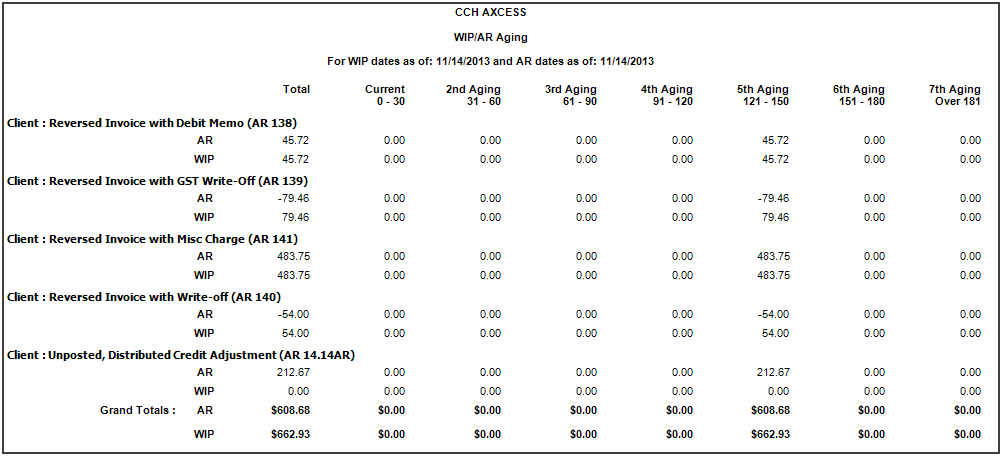
This helps streamline the process of setting up and managing the chart of accounts in both systems. The completed contract method is best used for small jobs that are relatively short-term or when a project brings an inherent risk in completion. Under the completed contract method, you’ll recognize revenue after the contract’s completion (or substantial completion). Expenses are the costs incurred in the process of running and managing your business. This includes operating costs, payroll, overhead, supplies, materials, fuel, taxes, repairs, advertising, insurance, depreciation, and rent.
QuickBooks will prompt you to fill out the account details in order to save it. For example, you may code your sales department as “08” so that when you see a transaction labeled with “08,” you can immediately know this is coming from the sales department. By subscribing you agree to with our Privacy Policy and provide consent to receive accrual basis updates from our company.
The structure of your chart of accounts should reflect the unique needs of your construction company and should be organized in a way that makes sense to you and your team. Now that you have learned the essential parts comprising a chart of accounts, you can engineer a COA that grows with your construction business and helps you succeed. Construction-specific accounts include many items that are common to contractors, such as business and building permits, outside labor, mobile restroom rental, or catering services for laborers. If you’re looking to revamp your chart of accounts, consult with your accountant about the best time to do it. They’ll have some advice and best practices, so you don’t lose transactions or end up creating incorrect financial statements.
Fluctuating Overhead Costs
These considerations include project-based accounting, inventory and equipment management, and subcontractor and supplier accounts. Developing a chart of accounts is an important part of setting up your accounting and bookkeeping processes. A carelessly designed COA fails to provide visibility into all the accounts and transactions, a well-designed COA can drive real business benefits. Payroll is one of the most significant expenses that affect cash flow for any construction business.
Purchasing Materials for a Project:
In other words, a chart of accounts is simply a list of all accounts within your business. It mainly works by separating and organizing income from expenses; putting all financial information into distinct categories (i.e. accounts). A well-structured Chart of Accounts (COA) is the backbone of any accounting system, serving as a financial roadmap for organizations. The necessity for a customized COA becomes even more crucial in the construction industry, where projects can greatly differ in size, scope, and complexity. It not only supports accurate financial reporting but also enhances project management, budgeting, and compliance efforts.
She’s passionate about helping people make sense of complicated tax and accounting topics. Her work has appeared in Business Insider, Forbes, and The New York Times, and on LendingTree, Credit Karma, and Discover, among others. Underbilling occurs when a contractor does not bill for all the labor and materials delivered in a billing cycle. The easiest way to customize your Chart of Accounts is to import a full list of accounts. Retained earnings are the profits that have been earned by the company but have not been distributed to the owners as dividends.
Break Down Project Costs—Job Costing
Most businesses simply record the cost of the products sold, but construction companies are quite different. Each job incurs direct and indirect costs that may fall into a wide range of categories. It’s essential that contractors have an effective method for keeping track of income and expenses, and for reconciling every transaction. Overall, having a chart of accounts that is tailored to the construction industry can help contractors and subcontractors manage net sales overview formula and components income statement their finances more effectively. The categories in your chart of accounts include revenue, expenses, assets, liabilities, and equity.
Owner’s or shareholders equity is calculated by subtracting the company’s liabilities from its assets. Assets are resources that your company owns or controls, which have the potential to generate future benefits. As a construction company, your business relies heavily on various assets to carry out day-to-day operations. Cost of Goods Sold makes up a large part of construction contractors’ expenses.

- This includes any investments made by the owners, as well as any profits that have been retained in the business.
- The following steps can help you get your construction accounting started on the right foot and help you stay on top of your bookkeeping and financial management.
- Current assets are assets that can be converted into cash within a year or less.
- This helps streamline the process of setting up and managing the chart of accounts in both systems.
To begin with, define the factors that impact your chart of accounts, for example, reporting requirements capitalized cost or expressed needs of stakeholders. 40% of CFOs confirm that reporting demands have increased and the reliable insight into financial health and performance becomes a top priority. In this case, COA becomes a hub of financial data pulled from across the company.
